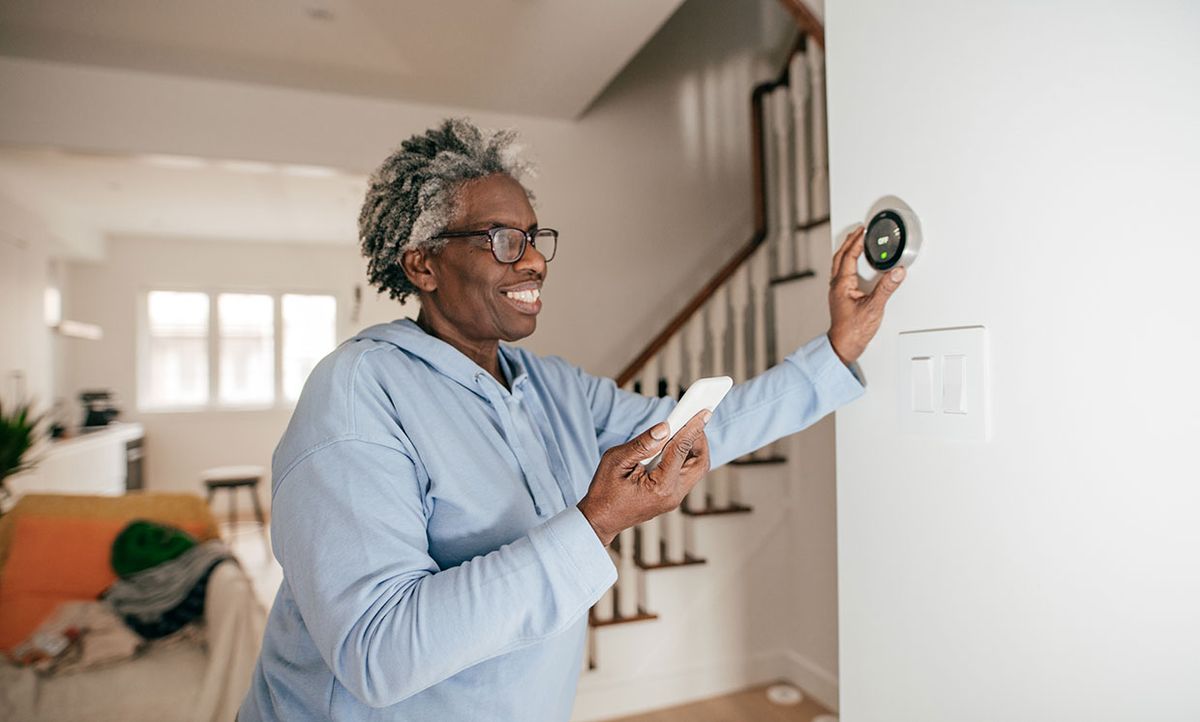As people age, cognitive decline can happen in subtle ways that are not always immediately obvious to family members or friends. One solution for better detecting these subtle changes, however, could already be in the homes of many people, in the form of a smart home device.
In a recent study, researchers demonstrate that it’s possible to use data from smart home devices to detect behavioral differences between people who are experiencing cognitive decline and healthy individuals. The results, which could have broader implications for the monitoring of many different health conditions, were published 3 June in IEEE Journal of Biomedical and Health Informatics.
Gina Sprint, an Assistant Professor of Computer Science at Gonzaga University, is one of the researchers involved in the study. Sprint and her collaborators at Washington State University developed a novel algorithm for analyzing data from smart home devices; it’s called Behavior Change Detection for Groups (BCD-G). In particular, the algorithm analyzes behavioral patterns of residents across time.
In the study, 14 volunteers were monitored continuously in their homes for one month. Seven of these volunteers were living with dementia, while the other seven comprised a healthy control group of similar age and educational background. BCD-G was then used to assess the volunteers as they engaged in 16 types of activities, such as bathing, cooking, sleeping, working, and taking medications.
Using BCD-G to compare the two groups revealed some intriguing differences in behavior.
“First, the in-home walk speed of the cognitively impaired group was about half as fast as the age-matched healthy control group,” says Sprint. “Also, the cognitively impaired group had a greater variance in the duration of the activities they performed and what time they started the activities. They slept more during the day and at night, and lastly, they exhibited large behavioral differences related to how often and when they would leave their home, take their medications, and get dressed.”
While BCD-G proved useful for uncovering the behavioral patterns of people with dementia in this study, Sprint notes that the algorithm can be applied to a number of other health conditions. For example, BCD-G could be used to monitor patients recovering from a stroke or traumatic brain injury.
“Because BCD-G looks at changes across time points, it has potential to help with almost any condition where a clinician would want to know if someone is improving or declining,” explains Sprint.
Moving forward, her team plans to consult with clinicians to gather their feedback on BCD-G and further expand upon the tool. “Involving clinicians with frontline experience when creating algorithms like BCD-G is key to making machine learning applicable in the real-world,” she says. “Successful applications can assist clinicians in treatment planning and ultimately improve patients’ health.”
Michelle Hampson is a freelance writer based in Halifax. She frequently contributes to Spectrum's Journal Watch coverage, which highlights newsworthy studies published in IEEE journals.



